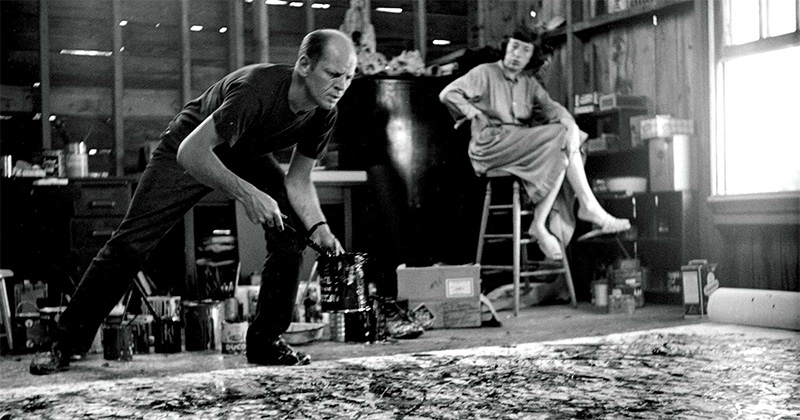
Who is Jackson Pollock? Lifestyle, Childhood, Education, Interests
Jackson Pollock was an American artist. He was a leading exponent of the Abstract Expressionist movement which is characterized by “action painting”. He was one of the pioneers of modern art. Most of his works were influenced by the American painter Thomas Hart Benton.
Paul Jackson Pollack was born n January 28, 1912, in Wyoming to LeRoy and Stella May McClure. He had four elder brothers. His father worked as a land surveyor for the government. In 1928, they moved to Los Anglese, where Pollock enrolled at Manual Arts High School.
Soon, he got interested in art and decided to make a career in it. Later, he traveled all around American and got familiar with American culture. This experience heavily influenced his later works.
Met Thomas Hart, WPA Art Project, Went to New York
During 1930, he shifted to New York City with his elder brother, Charles. Both of them attended the Art Students League. There, he was trained by famous American painter Thomas Hart Benton.
His teacher taught him different art styles, which made a significant impact on his art career. He worked for the mural division of the WPA Federal Art Project and the Federal Arts Project (FAP). This gave him financial stability during the rest of the develop his art.
Liquid Painting technique
Pollock experimented with the liquid painting technique for his artwork. He developed a new art from which was known as the trip painting technique. He was quite known for not using traditional paint brushes to create images Instead, he used sticks, hardened brushes and syringes as painting tools. This dripping technique inspired what was later known as “action painting”. These paintings were extremely personal as Pollack immersed himself in them as he worked.
Pollock used his entire body to paint. He would place his canvases on the floor to paint on them and never mounted them on a wall. He would apply paint from all directions, which gave his paintings a multi-directional perspective.
This method became popular in America during the 1950’s. The technique made him one of the most influential painters at the time; even through he was also highly criticized for his drip paintings. His painting ‘One: Number 31’is amongst the most popular modern paintings.
Masterpieces by Pollock
Pollock was a big name in the art industry during this time. He received lots of commissioned work. For his other paintings, he created dark artwork in which he used deeper shades. Pollock made a collection of black paintings, which were painted on canvases. Later on, he went back to colorful and abstract paintings. He created paintings like ‘Autumn Rhythm’ in 1950. He primarily used the color black and white.
His art was interpreted differently by everyone. That’s why most of his paintings didn’t have names. Instead, he numbered them. A few of his other paintings were ‘Scent’ and ‘Search’. His painting ‘Blue Poles’ was also a well-known masterpiece.
Love Life and Death, Foundation Works by Pollock
Pollock married painter Lee Krasner in 1945. He died on August 11, 1956, at the age of 44 in New York in a fatal car accident. After his death his wife took care of his possessions. The Pollock Krasner Foundation was founded by Krasner to help out young, promising artist. An exhibition was held in December 1956 at the Museum of Modern Art, New York in his memory. As a famous modern artist, his artistry and creativity still inspire people even after his death.
Revolutionary American Artist
In 1989, Jackson Pollack’s biography: Jackson Pollock: An American Saga was written by Steven Naifeh and Gregory White Smith. Pollock revolutionized American art history. He was the first abstract artist who was taken seriously by the European artists and was the first American artist to receive so much recognition on a national platform for his work.
